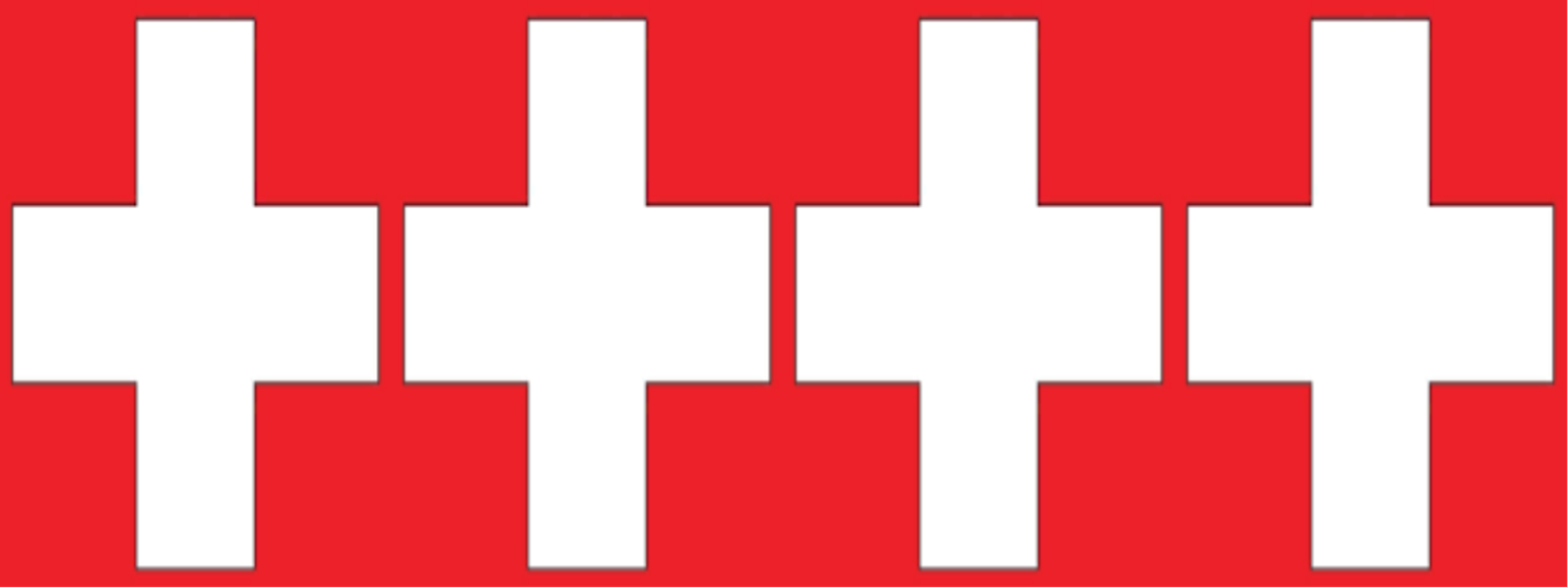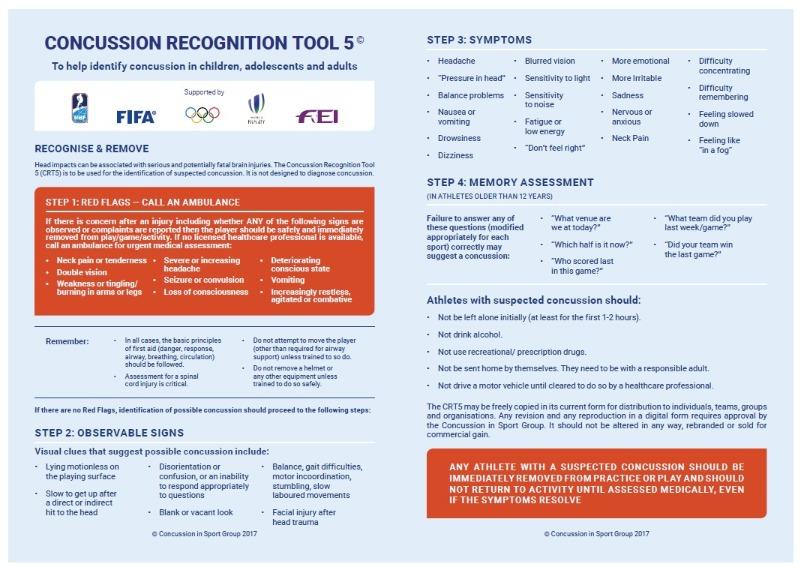First Aid

FIRST AID PROCEDURES
Cranbourne South Primary School follows the Department of Education’s First Aid procedures and each newsletter I will be highlighting part of the procedures. This week is Head Injuries.
A head injury is defined as a blow to the head or fall that may result in concussion, it does not include scratches to the face or spontaneous nosebleeds.
Where there is a head injury and suspected concussion
Following a head injury or knock to the head, children and adolescents may be more susceptible to concussion and take longer to recover. The Concussion Recognition Tool 5 (available in the First Aid Kit) can be used to assist identification of suspected concussion. It is not designed to diagnose concussion.
RED FLAGS – Call an ambulance
If there is concern after a head injury, including whether ANY of the following signs are observed or complaints are reported, first aid should be administered AND an ambulance should be called for urgent medical assessment:
- neck pain or tenderness
- double vision
- weakness or tingling/burning in arms or legs
- severe or increasing headache
- seizure or convulsion
- loss of consciousness
- deteriorating conscious state
- vomiting
- increasingly restless, agitated or combative.
OBSERVABLE SIGNS – take appropriate action
If there are NO RED FLAGS but signs and symptoms that suggest concussion, as listed in the Concussion Recognition Tool 5 (available in the First Aid Kit):
- the student should be immediately removed from play/sport and not engage in further activity (e.g. returning to a sporting game)
- the school must advise the parent or carer to collect the student and recommend a medical assessment, even if the symptoms resolve.
Making contact with parents and carers
Whenever the Concussion Recognition Tool 5 is used to assist with the identification of a suspected concussion, parents and carers should always be contacted and the following actions taken:
- If concussion IS suspected: the school must contact the parent or carer and ask the parent or carer to collect the student from school and recommend a medical assessment, even if the symptoms resolve.
- If concussion ISN’T suspected: the parent or carer should be contacted and informed of the injury and that the Concussion Recognition Tool 5 has been used to assist with the identification of a suspected concussion.
- If, after being informed of this process the parent or carer wishes to collect the student from school, they may do so.
Following identified concussion incidents, schools may need to make reasonable adjustments as guided by the student’s treating team, including:
- return to learning and return to sport plans
- modifying school programs to include more regular breaks, rests and increased time to complete tasks.
For more information, see:
RCH Head injury - general advice and RCH – Head Injury – Return to school and sport
DET First Aid and Medical Emergencies

